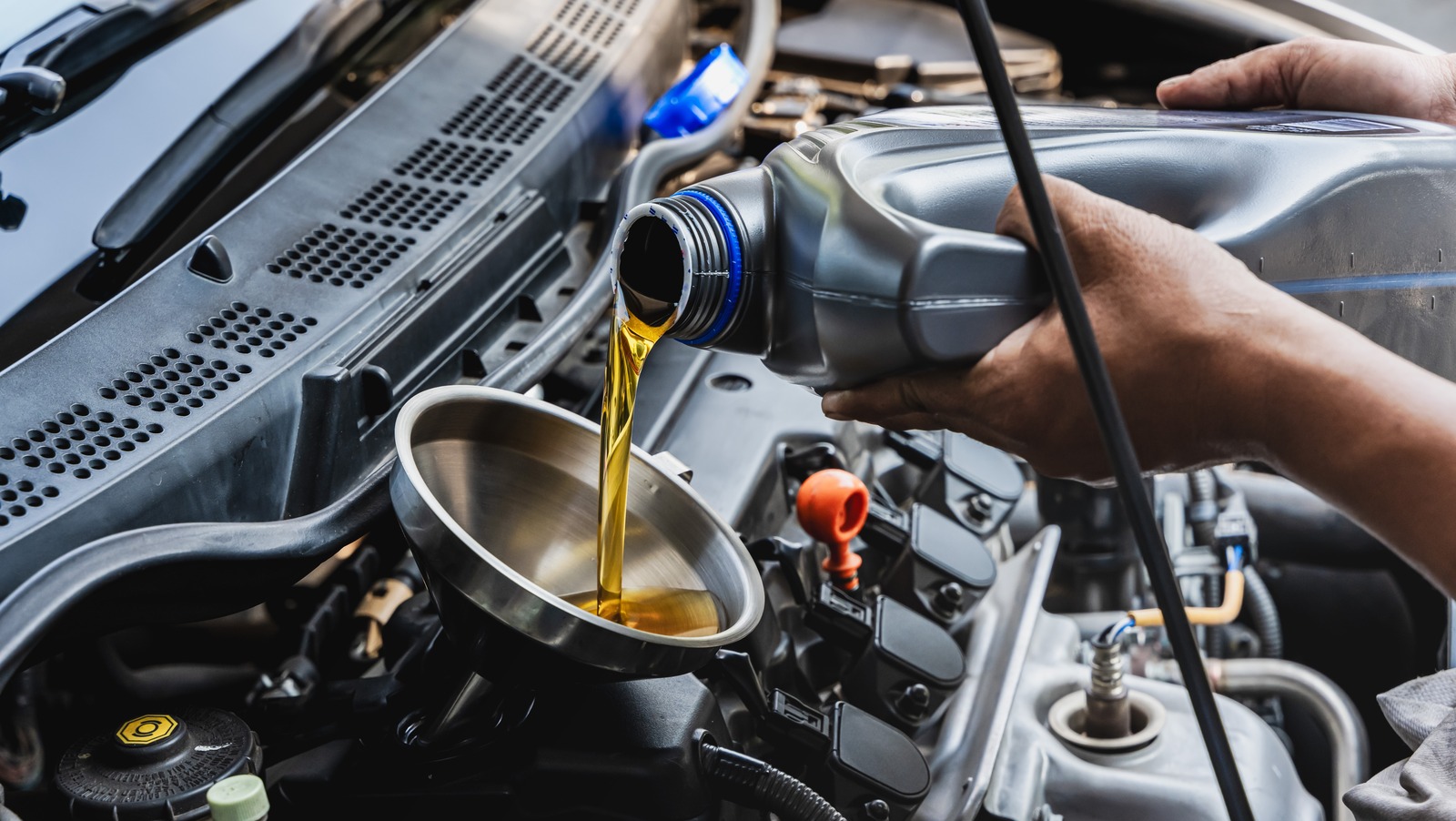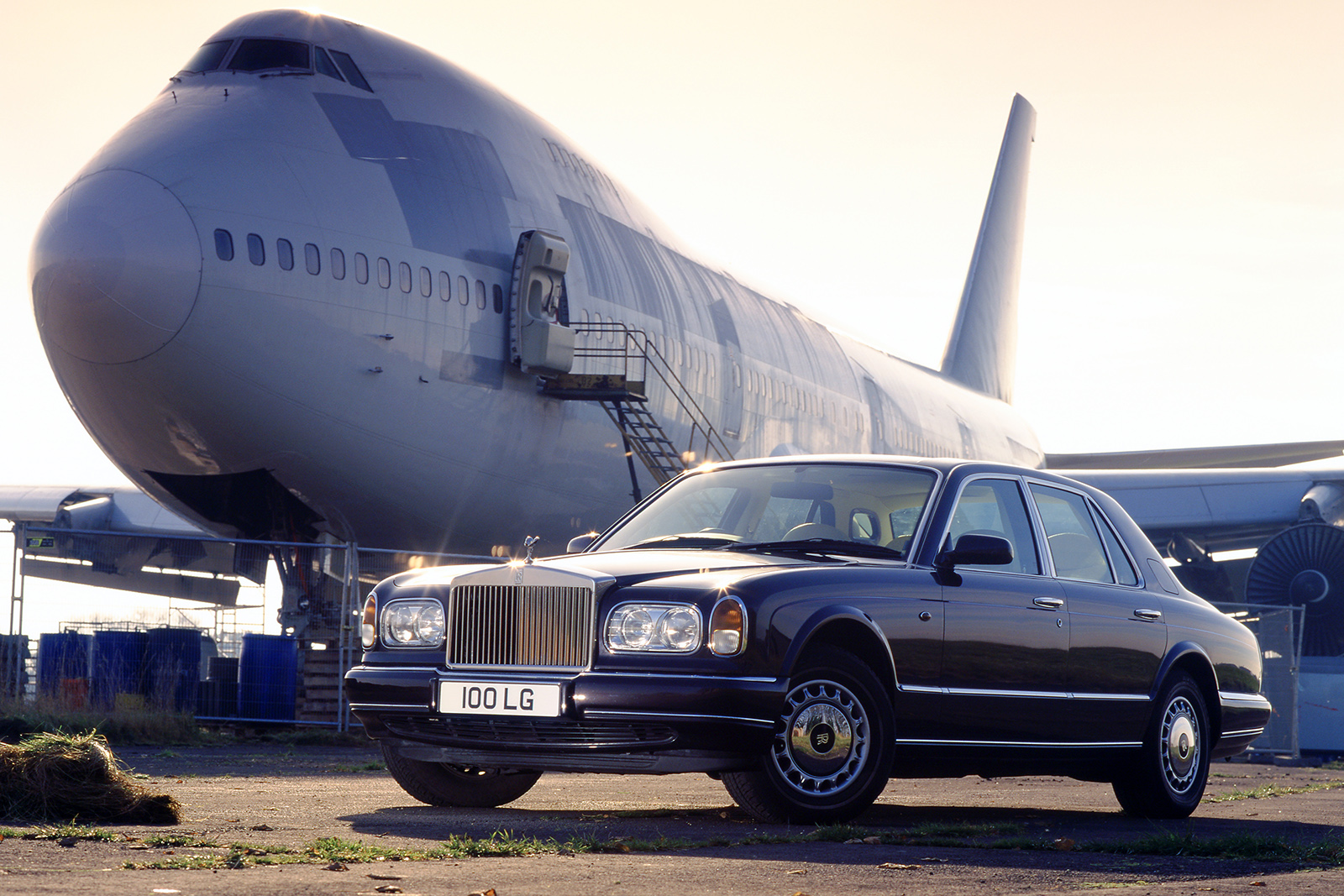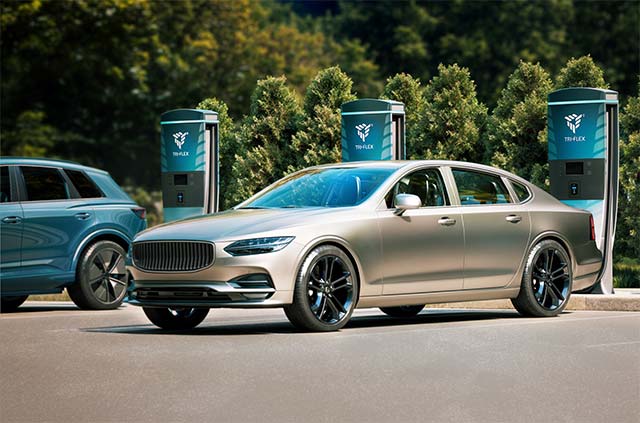Not All ‘Reserve’ Wines Are Created Equal
Terms like “Reserve,” “Riserva” and “Reserva” are eye-catching—but do they actually mean anything? We explain. [...] Read More... The post Not All ‘Reserve’ Wines Are Created Equal appeared first on Wine Enthusiast.
When browsing wine labels, terms like “Reserve,” “Riserva” and “Reserva” often catch the eye. They suggest something special—extra aging, premium quality, perhaps even limited production.
While these words carry real weight in many European countries, they don’t mean a heck of a lot in the New World. Understanding the regional regulations behind these terms—or lack thereof—can help wine lovers make smarter buying decisions and help gauge expectations of aroma and flavor profiles.
Italy: Riserva… and They Mean It!
In Italy, the term “Riserva” is strictly regulated and indicates a wine has undergone longer aging both in barrel and in bottle before release. The requirements vary by region and denomination. In Chianti Classico, for example, Riserva wines must age a minimum of 24 months, with at least three months in bottle. In Barolo, Riserva means at least five years of total aging, with 18 months in oak.
Brunello di Montalcino Riserva demands an even longer timeline—six years total, including a minimum of two years in oak and four months in bottle. These extended periods contribute to more structured, nuanced wines, often with greater longevity and complexity. And in Barolo and Brunello, they only make Riserva wines in the absolute best vintages.
Spain: Reserva and Gran Reserva Standards
Spain has some of the most well-defined aging categories in the world. In Rioja and Ribera del Duero, Reserva red wines must be aged for at least three years, including one year in oak barrels and the rest in bottle.
Gran Reserva takes it a step further—five years total, with at least two in oak and two in bottle. These classifications reflect not just time, but a winemaker’s commitment to aging before release, ensuring wines have the structure, balance and complexity that you would expect from a Reserva labelled wine.
Portugal: A Blend of Tradition and Regulation
In Portugal, the term “Reserva” is also regulated but with a twist. For a wine to bear the label, it must have an official tasting panel’s approval and possess an alcohol level slightly higher than the regional minimum.
While aging requirements can vary, many red Reservas will see at least 12 months in oak followed by time in bottle. Though perhaps not as rigidly defined as in Spain or Italy, the Portuguese use of “Reserva” still generally signals a more premium, cellar-worthy wine.
France: A Rare but Meaningful Term
In France, “Réserve” is not widely regulated, and its use varies by region and producer. Some appellations, like Alsace, use the term to denote higher-quality cuvées, often from older vines or specific vineyard plots.
However, unlike Italy or Spain, there are no national aging requirements tied to the term. When used, it’s often left to the discretion of the producer, though reputable estates typically apply it with integrity.
United States & the New World: Marketing Over Mandate
Outside of Europe, the word “Reserve” is largely unregulated. In the United States, Australia, Chile and Argentina, winemakers are free to use the term at their discretion. While many wineries do use it to denote their top-tier bottlings, there are no legal standards that govern aging, oak treatment or production volume.
One producer’s “Reserve” may be a single-vineyard, barrel-select masterpiece; another’s might be a standard release dressed up with a premium-sounding label. In these cases, it is all about the producer reputation and possible professional reviews to determine what “Reserve” truly means.
The Bottom Line
While “Reserve,” “Riserva” and “Reserva” may all hint at higher quality, their significance varies dramatically based on where the wine is made. In Europe, these terms are usually backed by strict laws and aging standards, but in much of the New World, they’re used more freely, requiring a more skeptical—and informed—eye.
Knowing the rules behind the label empowers you to navigate the wine aisle with confidence, selecting bottles that deliver both in name and in the glass.
More Wine Labels Coverage:
- Yes, it’s perfectly okay to judge a wine by its label.
- What happens when a wine label gets scratched? For fine and rare wines, the damage can impact market value.
- As Oregon wineries add ingredient and nutrition info to labels, will more states follow?
- We explain what makes a “private label” wine on the Wine Enthusiast podcast.

In the Shop
Flex Your Collection
Transform your home into a wine lover’s paradise with a custom wine cellar. From design to functionality, Wine Enthusiast can create the perfect storage solution.
The post Not All ‘Reserve’ Wines Are Created Equal appeared first on Wine Enthusiast.














































































































































